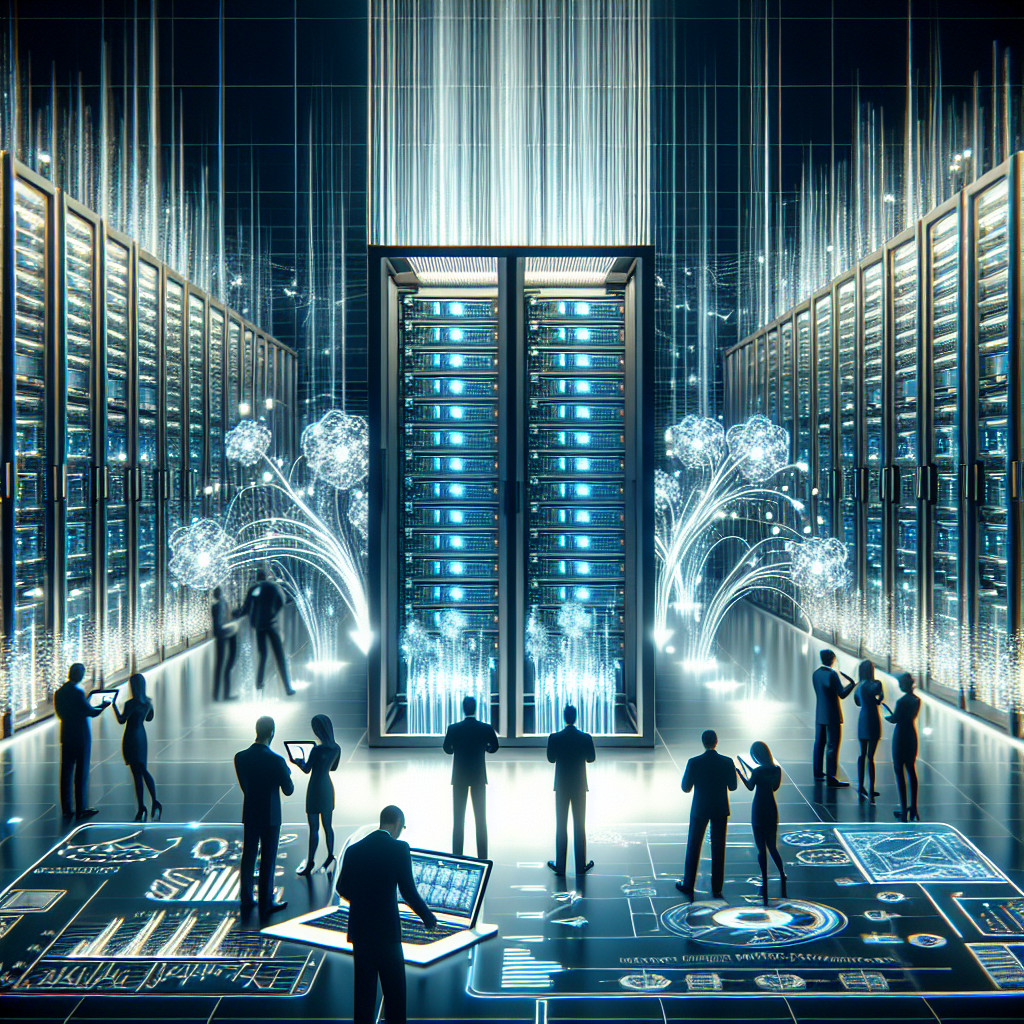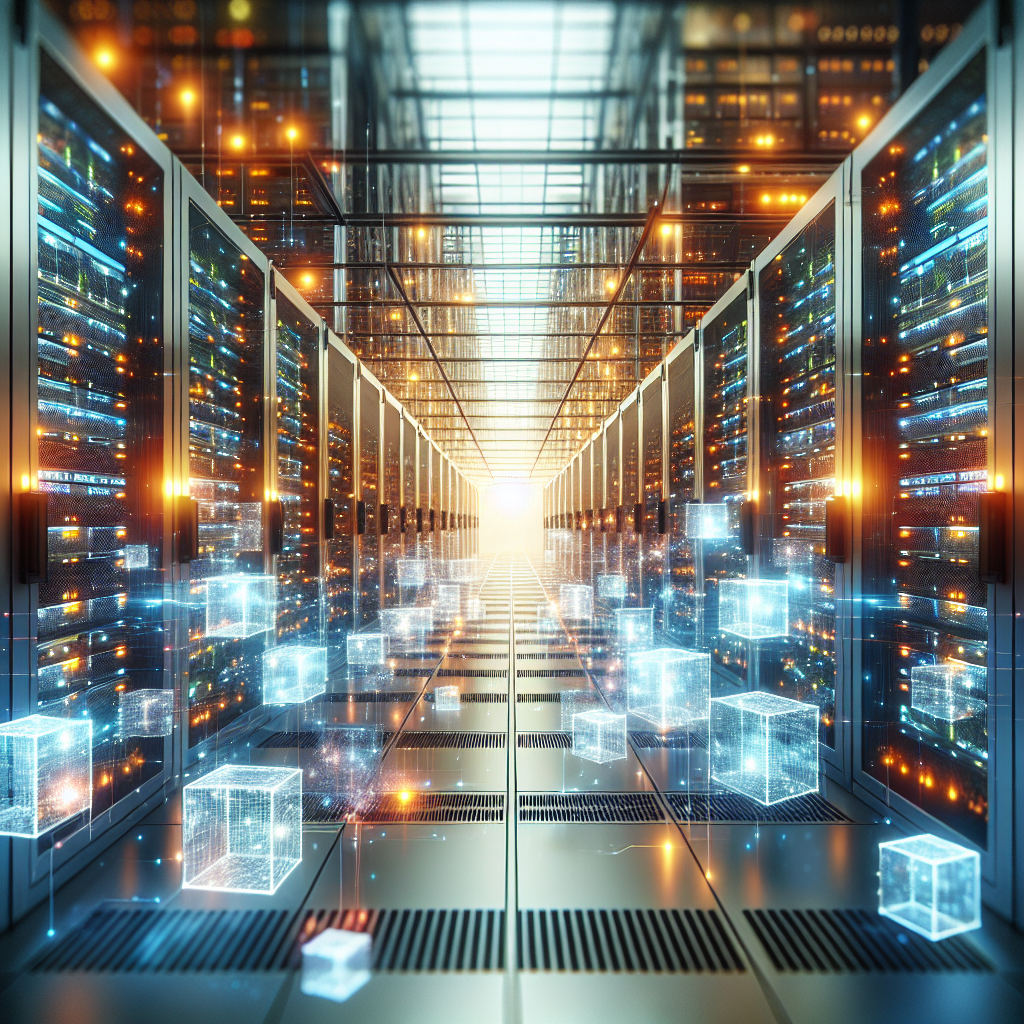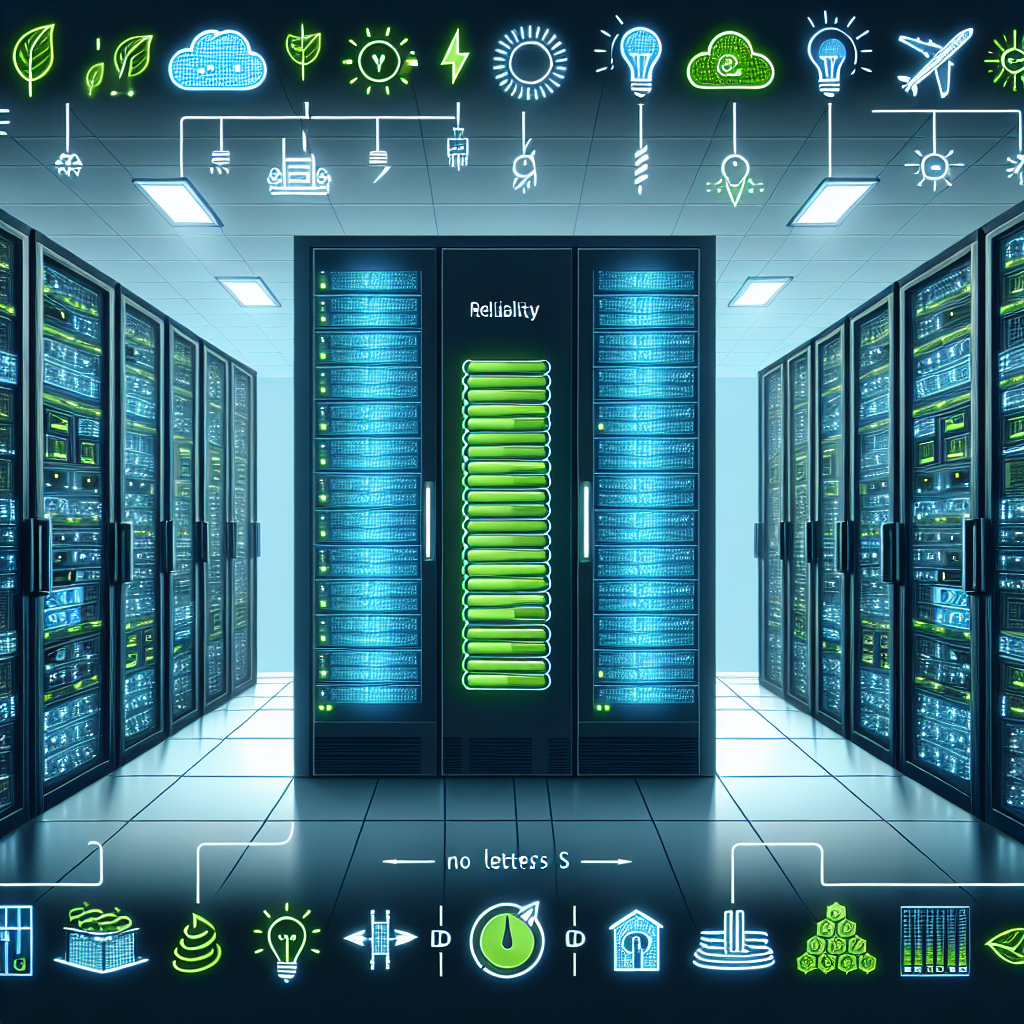Your cart is currently empty!
Tag: Improve

How Proper Documentation Can Improve Data Center Efficiency
In today’s digital age, data centers play a crucial role in storing and managing vast amounts of information for businesses and organizations. With the exponential growth of data being generated every day, it has become increasingly important for data centers to operate efficiently and effectively. One key factor that can significantly impact the efficiency of a data center is proper documentation.Proper documentation is essential for data center operations as it provides a clear and organized record of all the equipment, processes, and procedures within the facility. By maintaining accurate and up-to-date documentation, data center staff can easily access information about the infrastructure, making it easier to troubleshoot issues, perform maintenance tasks, and plan for upgrades or expansions.
One of the main ways in which proper documentation can improve data center efficiency is by reducing downtime. When an issue arises within the data center, having detailed documentation can help staff quickly identify the root cause of the problem and take the necessary steps to resolve it. This can significantly decrease the amount of time it takes to get the data center back up and running, minimizing the impact on business operations.
Furthermore, proper documentation can also improve the overall organization and management of the data center. By keeping detailed records of all equipment, configurations, and processes, data center staff can easily track changes and updates, ensuring that everything is running smoothly and efficiently. This can help prevent errors and inconsistencies that can lead to downtime and security vulnerabilities.
In addition, proper documentation can also aid in capacity planning and resource allocation within the data center. By having a clear understanding of the current infrastructure and its capabilities, data center staff can better plan for future growth and expansion. This can help ensure that the data center is able to scale effectively to meet the needs of the business without encountering performance issues or bottlenecks.
Overall, proper documentation is a crucial component of data center efficiency. By maintaining accurate and up-to-date records of all equipment, processes, and procedures, data center staff can improve troubleshooting, reduce downtime, and better manage resources. Investing time and effort into creating and maintaining proper documentation can ultimately lead to a more efficient and reliable data center operation.

How Virtualization Technology Can Improve Data Center Energy Efficiency
As data centers continue to grow in size and complexity, the demand for energy to power and cool them also increases. In fact, data centers are notorious for being energy hogs, consuming large amounts of electricity and contributing to significant carbon emissions. However, there is a solution that can help improve data center energy efficiency – virtualization technology.Virtualization technology allows multiple virtual servers to run on a single physical server, reducing the number of physical servers needed in a data center. This consolidation of servers can lead to significant energy savings, as fewer servers require less power to operate and cool. Additionally, virtualization technology enables better utilization of server resources, reducing the overall energy consumption of the data center.
One of the key benefits of virtualization technology is its ability to dynamically allocate resources based on demand. This means that servers can be scaled up or down as needed, ensuring that resources are not wasted on idle servers. By optimizing resource utilization, virtualization technology can help data centers operate more efficiently and reduce energy consumption.
Another way virtualization technology can improve data center energy efficiency is through its ability to enable server consolidation. By consolidating multiple servers onto a single physical server, data centers can reduce the overall number of servers needed, leading to energy savings. This consolidation also helps to free up valuable floor space in the data center, further reducing energy consumption.
Furthermore, virtualization technology can help data centers reduce their cooling costs. By consolidating servers and reducing the overall number of physical servers, data centers can operate at higher temperatures without risking overheating. This allows data centers to raise their cooling set points, saving energy and reducing cooling costs.
In conclusion, virtualization technology is a powerful tool that can help improve data center energy efficiency. By consolidating servers, optimizing resource utilization, and reducing cooling costs, virtualization technology can help data centers reduce their energy consumption and carbon footprint. As data centers continue to grow in size and complexity, virtualization technology will play an increasingly important role in improving energy efficiency and sustainability in the data center industry.

How Real-time Data Center Monitoring Can Improve Efficiency and Reduce Downtime
In today’s fast-paced world, data centers play a crucial role in ensuring the smooth operation of businesses. As more and more organizations rely on data centers to store and manage their critical data, the need for real-time monitoring of these facilities has become increasingly important. Real-time data center monitoring can help improve efficiency and reduce downtime, ultimately leading to increased productivity and cost savings.One of the key benefits of real-time data center monitoring is the ability to detect and address issues before they escalate into major problems. By continuously monitoring the performance of servers, storage systems, and networking equipment, IT professionals can quickly identify and resolve issues that could potentially lead to downtime. This proactive approach to monitoring can help prevent costly outages and ensure that critical systems are always up and running.
Real-time data center monitoring also provides valuable insights into the overall health of the facility. By tracking key performance metrics such as temperature, humidity, and power consumption, IT professionals can identify trends and make informed decisions about resource allocation and capacity planning. This data-driven approach to monitoring allows organizations to optimize their data center infrastructure and ensure that it is operating at peak efficiency.
In addition to improving efficiency, real-time data center monitoring can also help reduce downtime. By providing real-time alerts and notifications, IT professionals can quickly respond to issues and minimize the impact on business operations. This proactive approach to monitoring helps ensure that data center downtime is kept to a minimum, ultimately leading to increased availability and reliability of critical systems.
Overall, real-time data center monitoring is essential for organizations looking to maximize the efficiency and reliability of their data center operations. By continuously monitoring key performance metrics and proactively addressing issues, IT professionals can ensure that critical systems are always up and running, ultimately leading to increased productivity and cost savings. With the increasing importance of data centers in today’s digital world, real-time monitoring has become a necessity for organizations looking to stay ahead of the competition.

Understanding Data Center MTBF: How to Improve Reliability and Efficiency
Data centers play a critical role in today’s digital world, serving as the backbone for storing, processing, and managing vast amounts of data. With the increasing reliance on data centers for business operations, it is essential to ensure their reliability and efficiency. One way to measure the reliability of a data center is through Mean Time Between Failures (MTBF), which calculates the average time between failures.Understanding Data Center MTBF
MTBF is a key metric used to assess the reliability of a data center infrastructure. It measures the average time a system or component operates before experiencing a failure. A higher MTBF indicates a more reliable system, as it means that the system is less likely to experience downtime due to failures.
To calculate MTBF, data center operators need to track the number of failures that occur over a specific period and divide it by the total operational time. This calculation provides a baseline for measuring the reliability of the data center infrastructure.
Improving Reliability and Efficiency
To improve the reliability and efficiency of a data center, there are several strategies that data center operators can implement:
1. Regular Maintenance: Regular maintenance of data center equipment is essential to prevent failures and ensure optimal performance. This includes conducting routine inspections, cleaning, and testing of hardware components.
2. Redundancy: Implementing redundant systems and components can help mitigate the impact of failures and minimize downtime. Redundancy can include backup power supplies, cooling systems, and network connections.
3. Monitoring and Analytics: Utilizing monitoring tools and analytics software can help data center operators proactively identify potential issues and address them before they lead to failures. Monitoring systems can track performance metrics, temperature levels, and power consumption to optimize data center operations.
4. Energy Efficiency: Improving energy efficiency in the data center can not only reduce operating costs but also enhance reliability. Implementing energy-efficient cooling systems, server virtualization, and power management strategies can help optimize energy usage and minimize the risk of system failures.
5. Disaster Recovery Planning: Developing a comprehensive disaster recovery plan is essential to ensure business continuity in the event of a data center failure. This plan should include backup and recovery procedures, data replication strategies, and offsite storage solutions.
By focusing on improving reliability and efficiency through these strategies, data center operators can enhance the overall performance and uptime of their data center infrastructure. Implementing regular maintenance, redundancy, monitoring, energy efficiency, and disaster recovery planning can help minimize downtime, reduce costs, and ensure the reliability of the data center operation.
